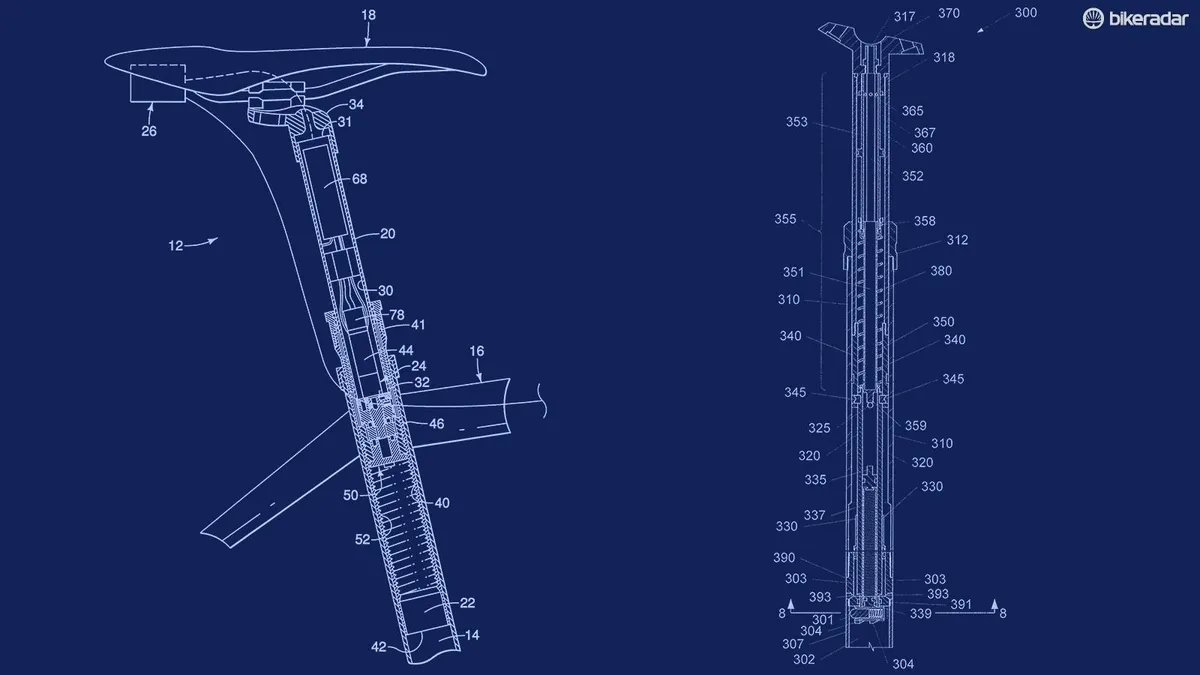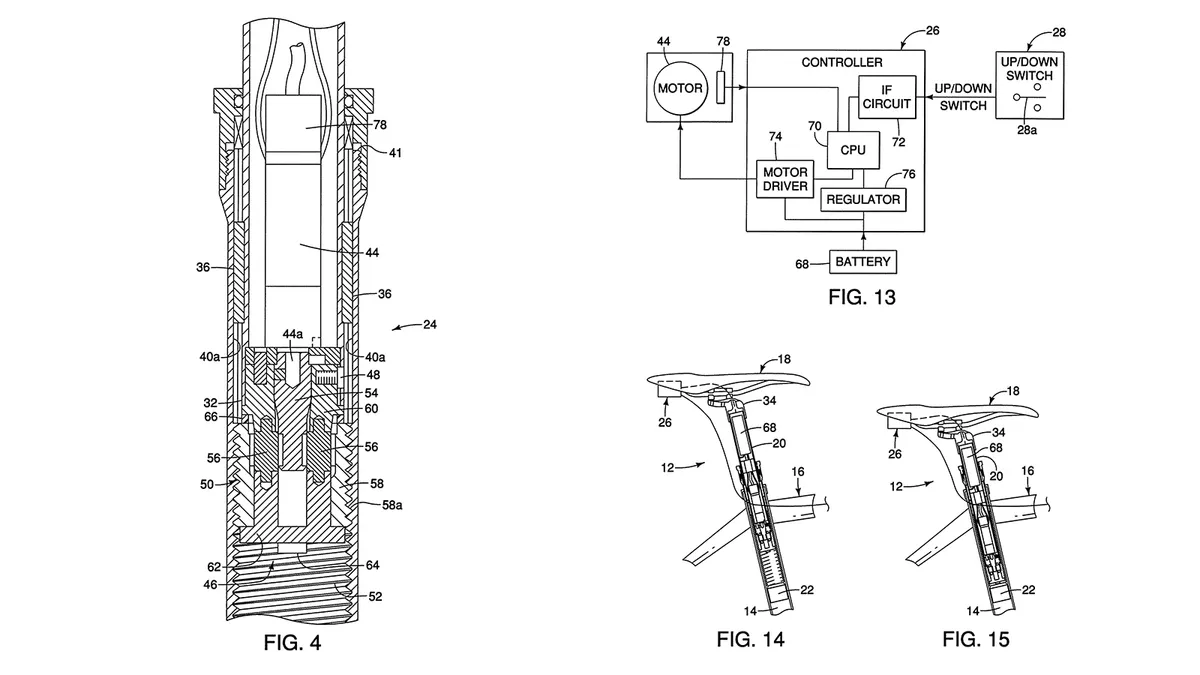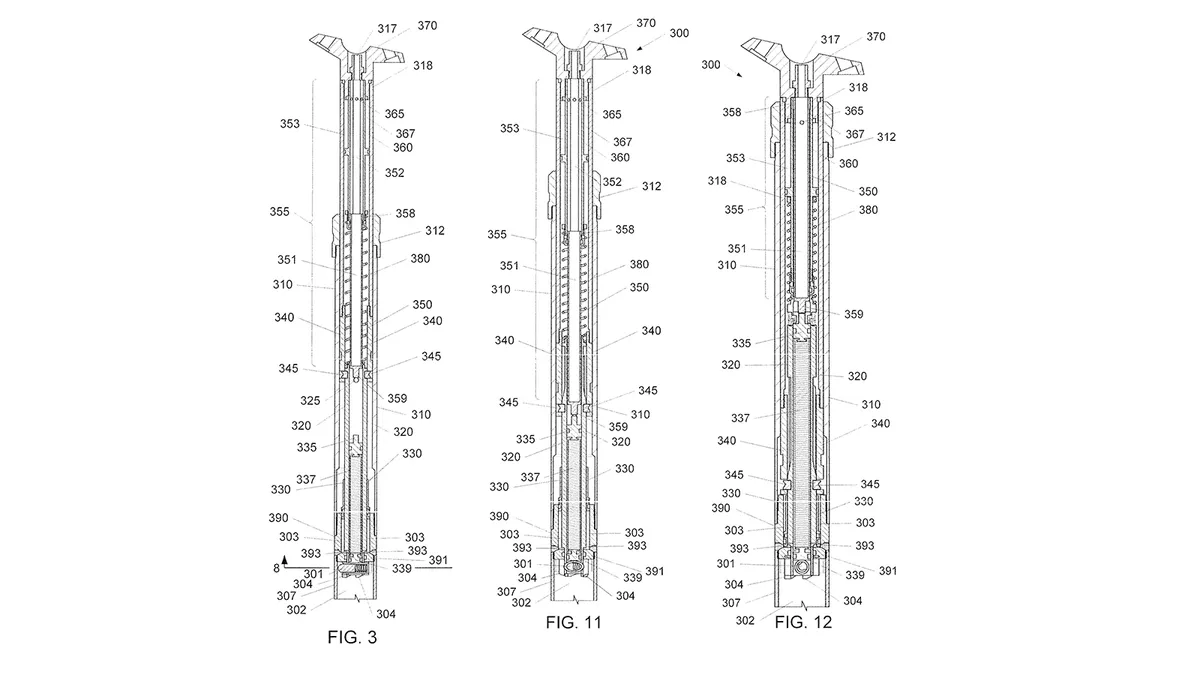A while back I wrote a column deriding the lack of innovation in dropper seatpost with the inflammatory title ‘All Dropper Seatposts Suck’. The premise for my argument was that this technology — arguably the most significant innovation in mountain biking in the last decade — has been around long enough that manufacturers should have moved past reliability being a key selling point.
I put forth the notion that the next generation of dropper seatposts will focus on refinements such as improved lever ergonomics, a reduction in weight, and will include functionalities heretofore unknown to mountain bikers.
In my opinion, the critical feature that will separate the industry leaders from followers will be the development of dropper seatposts that can drop at the push of a button, not the push of a button that also requires the rider to compress the post.
I’m certainly not Nostradamus, but even I can get it right once in a blue moon. And if I’m thinking about it, the odds are good that engineers are already hard at work turning concepts into products.
Patents held by Shimano and Trek demonstrate that the next generation of dropper seatposts is on the horizon. Here’s a look at two early contenders.
Shimano goes electric
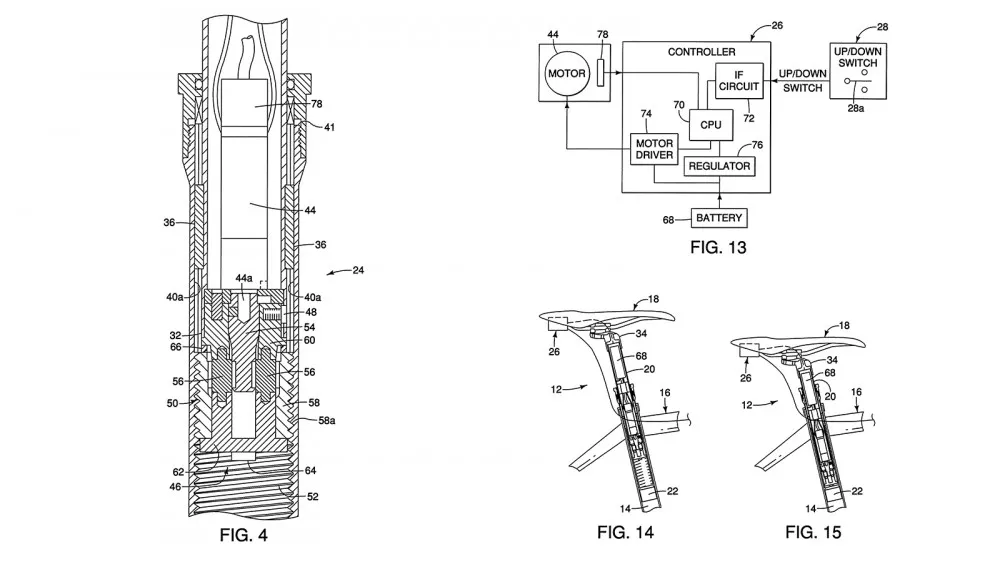
Shimano's dropper uses a series of motorized gears and screws to raise and lower the seatpost
Shimano’s automatically dropping seatpost has been in the works for some time. (The patent was filed in 2009.) The electronically-inclined Japanese drivetrain manufacturer has opted to use a battery-powered motor to control the extension and compression of this patented seatpost design.
(The full patent can be found here: www.google.com/patents/US20110049945.)
Shimano declined to provide information on if, or when, such a seatpost would make it to market, leaving us to speculate as to what could come next.
It also raises the question of what involvement Fox will have in the development of this dropper seatpost.
The two companies have worked closely on the development of past technologies. The DOSS is a reliable seatpost, but its bulky lever layout and the lack of an internally-routed version point to its aging design.
Is it possible that version 2.0 will be designed in conjunction with Shimano? If so, could an electronic dropper be integrated into suspension tuning?
As posited in my previous article, electronically-controlled forks and shocks could communicate with an electronic dropper to tune suspension performance based on the position of the seatpost. In this scenario, the suspension would firm up when the seatpost is fully extended for climbing and rolling terrain and become more active when the post is lowered for technical descents.
Possible? Probable? Fox declined to comment on any of these possibilities.
Trek develops a mechanical solution for 'oh crap!' moments
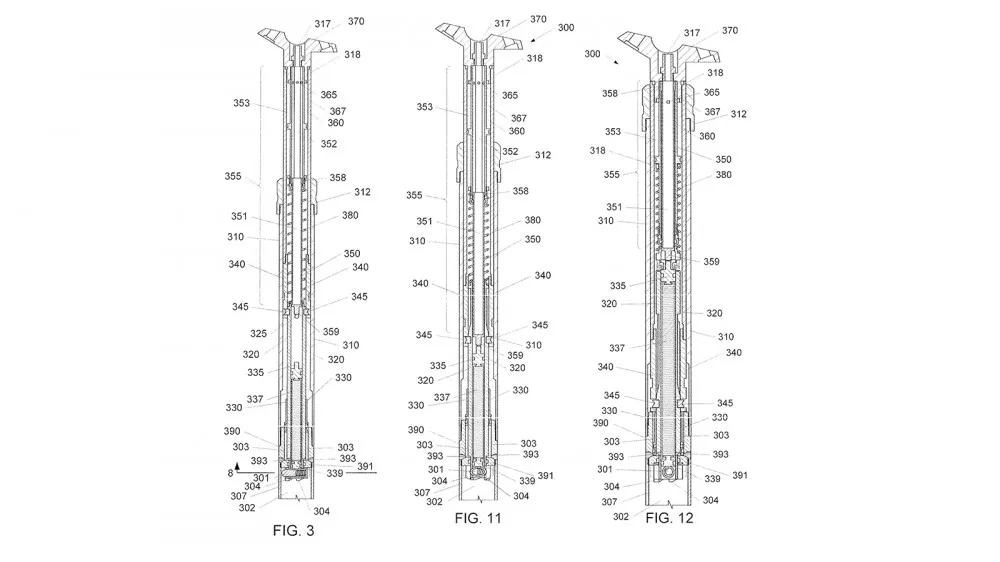
From left to right: the seatpost in the fully-extended position, in the middle, auto-dropped position, and fully dropped
While Shimano wasn’t forthcoming about new developments related to its patent, Trek was more than willing to lay its cards on the table. Trek may seem like a rather unlikely entrant into the dropper market and if another company had developed such a seatpost, it might have sat this one out.
The project started more than five years ago at a time when dropper seatposts were still quite new to many riders. According to the head of Trek’s Advanced Concepts Group, Jose Gonzales, the development of a self-dropping seatpost was born out frustration.
“There were numerous times when we were out riding in places like Moab or Fruita where you come around a corner and there’s a technical section that you want your saddle down for, but unless you slow and intentionally give yourself time to do it you're kinda stuck. You either stop or you drop in with your saddle up. Neither one of those are desirable. That’s when we started thinking ‘there’s got to be a better option’, and that’s what drove the development,” Gonzales said.
While Shimano patented an electronically-controlled dropper, Trek opted to pursue a mechanical route. The company’s early prototypes were hydraulically controlled. “That was a very complicated system,” Gonzales said.
The next version, the one Trek patented, uses a pair of air springs and actuate the post.
(The full patent can be found here: www.google.com/patents/US8833786.)
In a nutshell, Trek’s dropper seatpost is designed for those “oh crap” moments where the rider doesn’t have time to drop the seatpost before hitting tough terrain.
When the button is pressed the seatpost drops halfway through its travel, because of the design, the seatpost must be fully compressed in order for it to return to its full extension. “If you don’t go all the way to the bottom, it won’t return to the top; it will return to the mid point,” Gonzales noted.
“To have the ability to push the seat up again you can’t have another energy source that drops it all the way to the bottom,” he added.
According to Gonzales, this is a reasonable tradeoff, given the fact that most riders have time to prepare for a climb by compressing the seatpost before extending it to its fully upright position.
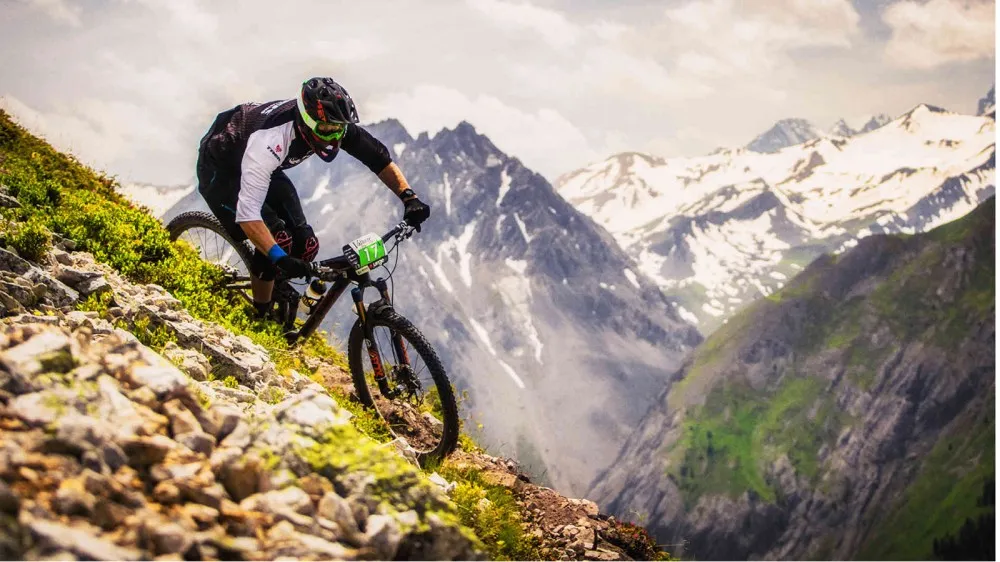
Enduro racing is likely to drive the development of auto-dropping seatposts
“We put a premium on getting the saddle out of the way without requiring body weight. We didn’t feel that it was that big of a concern to sit on the saddle to re-energize it to let it extend. There’s a lot more time for that to happen than there is when you come around a corner and there’s a super technical section and you need to get the saddle down but you don’t have a way to do it — you just don’t have the time,” Gonzales said.
The obvious question is ‘when will they become available?’
“As with any development, it’s a lot easier to conceive the idea and make some prototypes than it is to put it into production and make it a viable, repeatable product. Because of the complexity of the design, it has taken more time than we anticipated, but the wheels are turning,” Gonzales said.
So automatic droppers are coming, but maybe not in the immediate future. Stay tuned for more as the technology develops.
